Consultant in Pain Medicine Prof Dominic Hegarty speaks with Pat Kelly about innovations in the field, the problems with pain control in Ireland and his first-of-a-kind academic appointment in Cork.

Pain medicine specialist Prof Dominic Hegarty has watched with great interest as the discipline of pain medicine has transitioned from being something of an afterthought in patient care, to a vital part of the treatment pathway. One indication of pain medicine’s importance in patient wellbeing was illustrated recently, when Prof Hegarty was appointed as the first formal Professor of Pain Medicine at University College Cork (UCC). In addition to other distinguished posts and achievements, Prof Hegarty is also Consultant in Pain Management and Neuromodulation at the Mater Private Hospital in Cork, Honorary Consultant at Guys and St Thomas Hospital, London, UK, and President-Elect of the World Institute of Pain, among others.
Prof Hegarty spoke with the Medical Independent (MI) about his new appointment, the complexities of pain management, and the current landscape for pain medicine in Ireland.
“A constant failing of the university education structure is the constant weakness in pain medicine and teaching medical students and graduates how to manage pain. Pain never really registered and wasn’t on the curriculum – it was almost an afterthought,” said Prof Hegarty. “With that in mind, UCC stated that pain medicine would be a priority for them moving forward to meet the needs of the undergraduate structure in all kinds of ways.”
The creation of the post is vital for undergraduates and, in the longer term, for patients. The position itself is not simply a lecturing role, but also involves helping to put in place plans to enhance the curriculum, rather than just delivering periodical lectures. “The objective is to structure the curriculum in such a way that the direct-entry and graduate-entry programmes in medicine get an overview from top-to-tail,” he said. “My objective is to take these students from an early stage, through years three-to-five, and ultimately when they get out on their intern programmes and training, where pain is going to be an important topic both practically and academically, and even scientifically from time-to-time. That’s the kind of f low-through that needs to be put together, rather than a 60-minute chat about how to deal with a patient in pain.
“I think it’s very important, because pain affects one-in-five of the population. I think it’s probably the single greatest reason someone visits a GP’s office, and certainly to an emergency department – because they are in pain,” he continued. “But when they get there, perhaps the clinician might not have the skillset to move forward with their treatment, unless they have a particular interest in pain. So that’s where this is going to fit into the model and I think it’s wonderful. I have been working away on many projects and people were always interested, but they were not getting enough [training].”
Career path
Prof Hegarty also expressed a desire to see more medical professionals choosing pain medicine as a career, as Ireland is severely deficient in the number of these specialists. “There is no point in coming in halfway through a cardiology or GP programme and saying, ‘would you like to be a pain specialist?’ At that point, they are too far down the road in their careers. But if we begin to sow the seeds early on, maybe they will see the opportunity and go that way, because that is going to one of the biggest burdens in the pain medicine world – globally, not just in Ireland. There just aren’t enough doctors with the pain medicine skills, so it really is an evolving area.”
Prof Hegarty described the opportunity to help guide these young doctors as “a privilege and an honour”, as it is to be able to work with colleagues who are guiding the students and with the students themselves on campus. He also stressed the importance of the work of these future doctors, which will also enhance the efforts of other specialties. “This is going to play into rheumatology and post-surgical pain, for example, so overall, the whole experience should be better for our undergraduates,” he said. “These young doctors are like sponges – very willing to learn and ultimately, want to achieve better outcomes in their careers. But they also ultimately want to know what will matter for their patients when they graduate and they go into first-line practice, so that they have the skills and they are not reluctant to get involved and take responsibility.”
Prof Hegarty continued: “We have seen something like this globally. This was the problem with the opioid story in the US – nobody took responsibility and people would shun the problem, or mis-prescribe or not prescribe. We are talking about a decade-and-a-half with that problem. So it’s 10 years from now when we will feel the impact and we have to be thinking ahead and trying to avoid these issues.”
Pain medicine as a discipline is changing dramatically, he pointed out. The medtech industry and advances in neuromodulation are major steps forward that will have a hugely positive influence on pain control in the future, according to Prof Hegarty. However, unless work is put in at the early stage for these doctors, these advantages may not be fully realised.
Paradoxically, because pain medicine overlaps with so many specialties and as many conditions are accompanied by pain, the specialty has “fallen between two stools” to some extent, said Prof Hegarty. “People thought they had ‘covered’ pain control here or there [in their training] but in reality now, how you approach a patient in pain does take specific practise and does require a certain skillset,” Prof Hegarty told MI. “No matter what comes from this new structure, young doctors, no matter what area they get into, I would like them to be more confident about dealing with pain and take that into their sub-specialty. That’s a fundamental, basic aspect of all of this and hopefully they will see the potential to expand within their service, so a rheumatologist or a surgeon for example can get a better feel for what is needed to control these situations.”
However, recognising these situations where adequate pain control is required can sometimes be a skill in itself, he emphasised. “That’s one of the biggest things,” said Prof Hegarty. “Sometimes, people fail to recognise what they don’t understand; it’s the old story – at times, we only see what we want to see, and we have to change that.” However, the opportunity to do so is ripe, he added. “It’s a great time to be doing this, because we have never had so many pharmaceutical products, we have never had so many intervention opportunities. This is a rapidly-expanding area and it’s fantastic to be in that space, but I think we need to get this message out there a little more.”
Prof Hegarty speculated that perhaps two-out-of-three GP consultations may be for a condition associated with some type of pain. However, a lack of specific training in dealing with patient pain leaves them in a similar quandary to other specialties when it comes to specialist pain control. “But the opportunity [to learn] is now there,” he stressed. “One of my strategies, perhaps in the longer term, is to allow individuals, if they are interested, to expand and supplement that knowledge and bring it into their practice as postgraduates. If a person is interested, they should be provided with this information and not have to chase it down, but the first step is to get that understanding for what pain medicine is and what the options are, and take it from there.”
There just aren’t enough doctors with the pain medicine skills, so it really is an evolving area
Devices
Another evolving area in which Prof Hegarty has a special interest is the use of stimulation devices. He spoke to MI whilst en route to a conference in Manchester, where the latest versions of these devices were set to be unveiled. This, said Prof Hegarty, illustrates how quickly this area of pain medicine is evolving. “We do have a very strong med-tech presence in Ireland and that’s important from an industry point of view,” he said. “From a clinical point of view, the technology we have seen developed over the past two years is going to be critical – telemedicine, remote consultations; nobody really would have chosen that route [without the pandemic].
“We have to be clear – stimulation devices are not for everyone, but for a certain proportion of a group of patients who can use an electronic device to control their pain on a day-to-day basis. These patients do not have to depend on opioids or oral pain medications to improve their quality-of-life; it’s not just about pain in itself, but about quality-of-life, which is a big marker. Quality-of-life and sleeping patterns all improve by 60 or 70 per cent over a very short period of time with these devices, making changes to people’s lives that really matter,” Prof Hegarty explained.
“More and more, I’m finding that the younger patient, for example in their late 30s, 40s, and 50s who would previously have tolerated this pain years ago, are not prepared to sit back and grow old with pain – they have jobs, careers, families, and they want to get better. They can’t be on opioids driving their car or going to work, because they can’t function. That’s the kind of patient population we are looking at… these are often tech-savvy individuals, and pain medicine can match that need and that profile.”
There is huge benefit to be gained through stimulation for these individuals and it has proven to be very effective in this cohort, Prof Hegarty explained. “It has been around for 15 or 20 years now and it is constantly evolving. It’s extremely interesting – there are new options and new programming to bring it all forward. They say in the US that it [stimulation] has only penetrated around 7 per cent of the pain population that could benefit from it, and that’s what industry is targeting… it completely makes sense for business, as well as for patient care.”
This type of pain relief can reap particular benefits for Irish patients, as not only doctors want to use this method of pain relief, but Irish scientists and designers are developing this equipment to make it more user-friendly. Prof Hegarty works with these specialists in the design of the devices and advises on what aspects are useful for the clinician and most effective for the patient. This collaboration between focused medical expertise and technological innovation is a rapidly-growing area with huge potential.
“I am implanting more people now on an annual basis than I would have envisaged five or 10 years ago when I came back from London,” he said. “More people want it, the stories coming back to us are good and that’s how the message is passed on, and of course the important thing is that it actually works.”
One gap in delivering this type of pain relief is that many physicians and patients simply do not know that it exists as an option. “That’s where the knowledge deficit exists,” he commented. “There’s no point in taking out an ad somewhere, because everybody who is not suited will come looking for it. So you have to be very clinically clever to determine whom it works for in order to get that 80 or 90 per cent improvement you are looking for. We have to be selective, but at the same time, more people should be looking for this. The industry is moving away from ‘one-size-fits-all’ towards more targeted, focused, wearable devices with more cost-effective and practical equipment. The old style of one electronic box to suit everybody is well and truly gone.”
Prof Hegarty consults with a number of companies on solutions to everything from migraine-based pain, to low-back pain, to specific nerves in the hand post-fractures or burns, where these devices can have a major impact on pain control, he said.
Insurers
Prof Hegarty also addressed the important issue of the seeming reluctance of health insurers to reimburse such devices. He was asked if this is anomalous, given their support otherwise for people recovering from long-term pain following procedures, for example. “In my opinion, the insurers are a decade behind the curve here and are slow to engage on this,” he told MI. “They need to engage with pain physicians like myself who implant these devices to see what the options are, what are the correct selection criteria, and not just trying to channel people into ‘boxes’. There are more cost-effective versions [of these devices] available now – why should I pay €30,000 for a unit when I can have something designed and ready to go for perhaps €17,000 or €18,000? So there’s at least €10,000 in savings there. But they are insisting on spending €30,000 on a device that is not fit for-the-purpose, and I have to make it work. If you go to the US or Europe, you can get better equipment than here; it is well known that we are paying top dollar for our insurance, and the insurers are very reluctant to even engage in conversation.
“If nothing else, the very fact that UCC has established the position of Professor of Pain Medicine… maybe the insurers will begin to realise that this is an area that they can no longer refuse to look at, and to speak to the right people.”
He stressed that insurers need to be made aware of the highly selective patient selection in this area of pain medicine, and not be under the misapprehension that once they have approved a device, there will be a deluge of patients “on their doorstep the next day,” he pointed out. “If they just opened their minds and spoke to the right people, they could learn an awful lot.”
Mental health
Prof Hegarty also touched on the relationship between psychological distress and pain, a two-way street where one can easily exacerbate the other. He was asked whether treating pain effectively can inadvertently have collateral benefits in staving-off mental health difficulties, which could then in turn lead to the development of other conditions or syndromes. “It’s a vicious circle,” he said. “People slip into pain, they become despondent. Their self-esteem is reduced – we have seen studies, and I have done one myself, where we see the impact. People may lose their job, and of course that brings with it financial stress, and the hidden hazard is in the family zone. It affects their partners and their children; they can’t go out in the back yard and do the ordinary things that you or I do.
The industry is moving away from ‘one-size-fits-all’ towards more targeted, focused, wearable devices with more cost-effective and practical equipment
“The mental health impact component is huge… because it’s silent, it’s a killer for patients behind the scenes, and that can happen very quickly. With a little help, you can make those gains back, but you really don’t want to go down that route. A patient who has been out of work for two years, for example, really struggles to get back to work, and the mental health component is part of that. That’s also part of the problem with opioids – they [patients] put pressure on the GP to go higher and higher with the dose, and that brings us right back to the start: How does a physician help in that scenario if they don’t have a different way to go?”

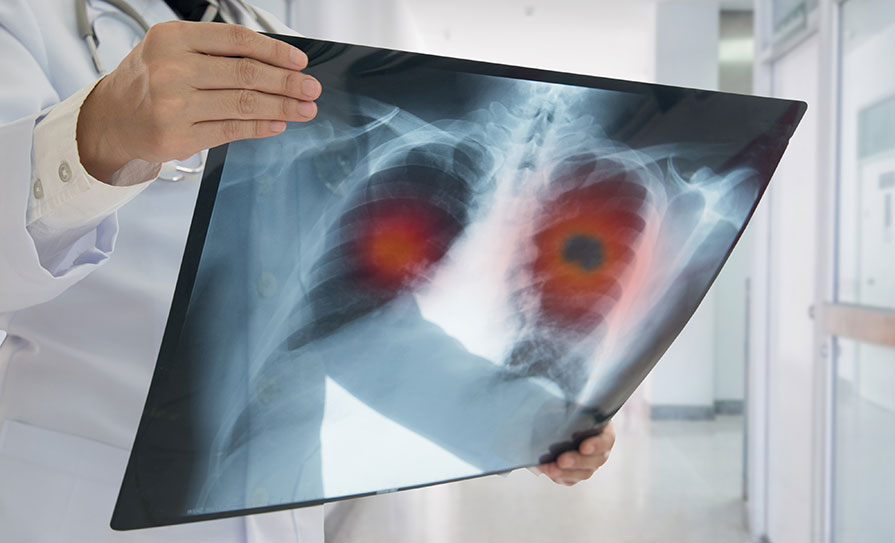
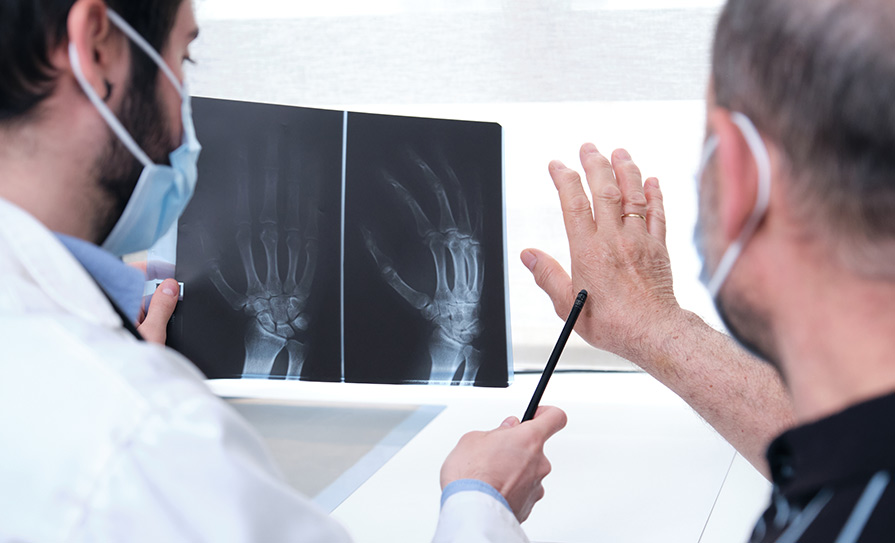
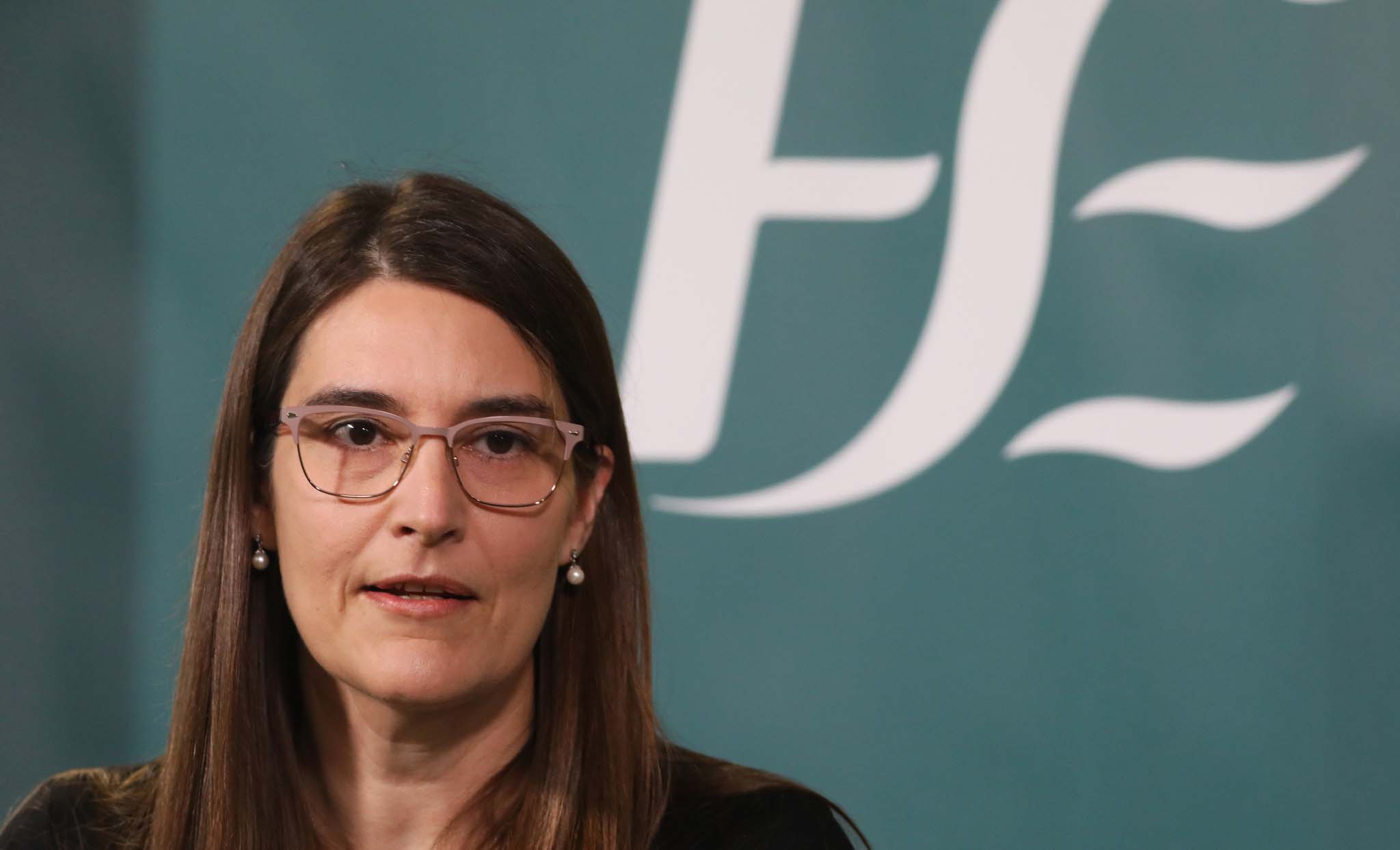
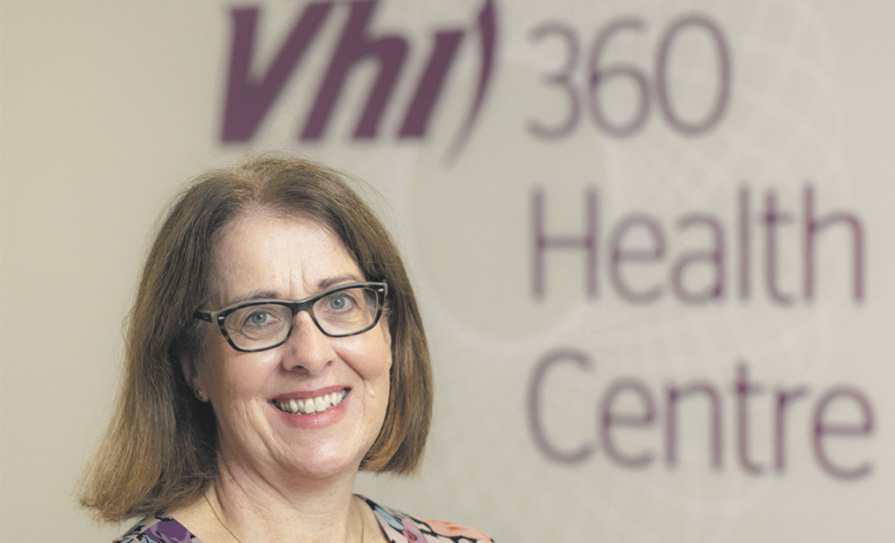


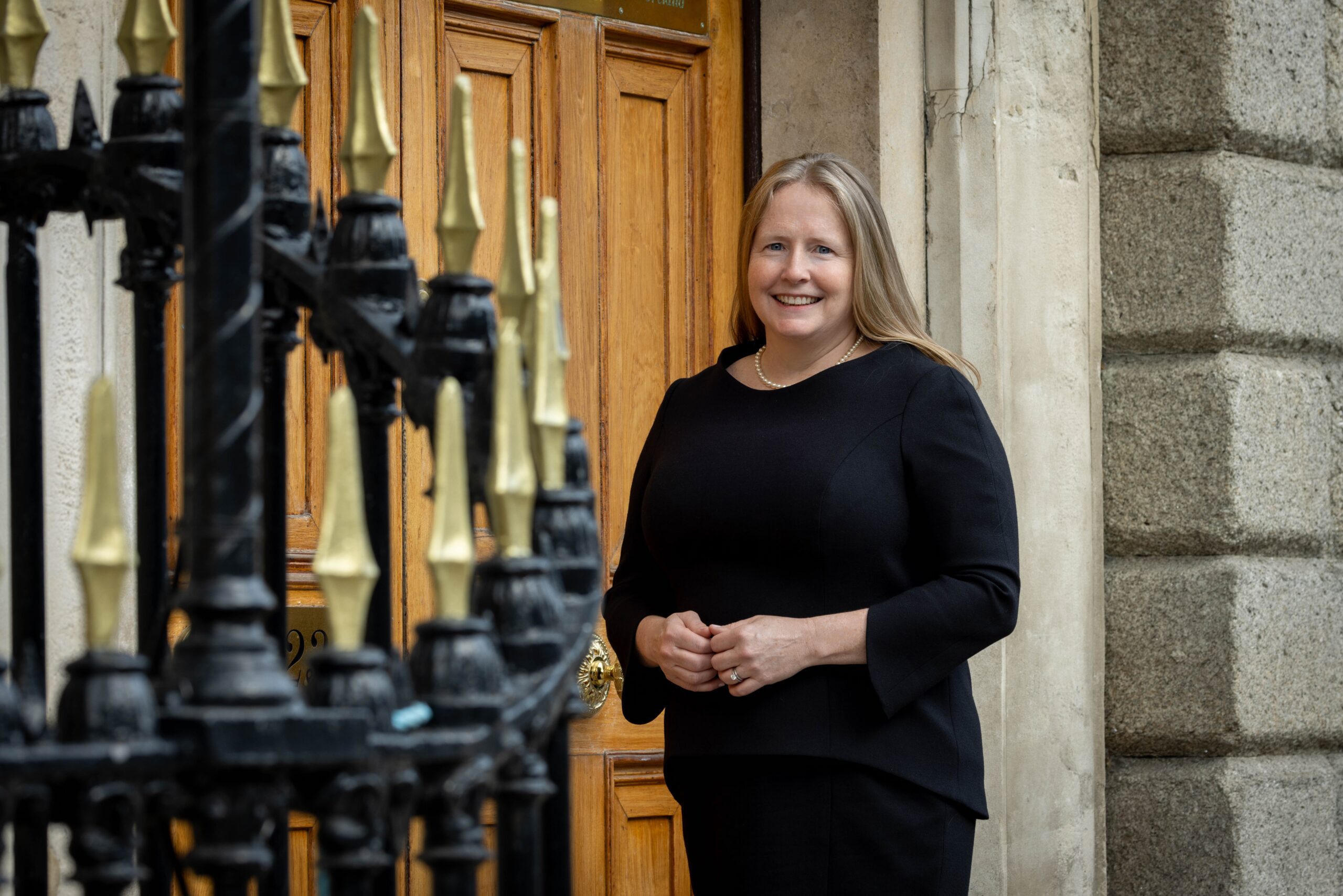
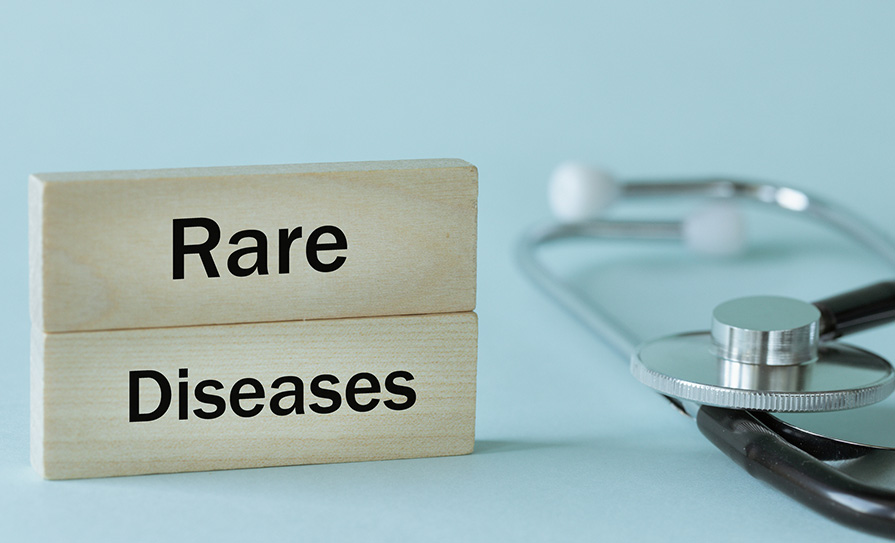




Leave a Reply
You must be logged in to post a comment.